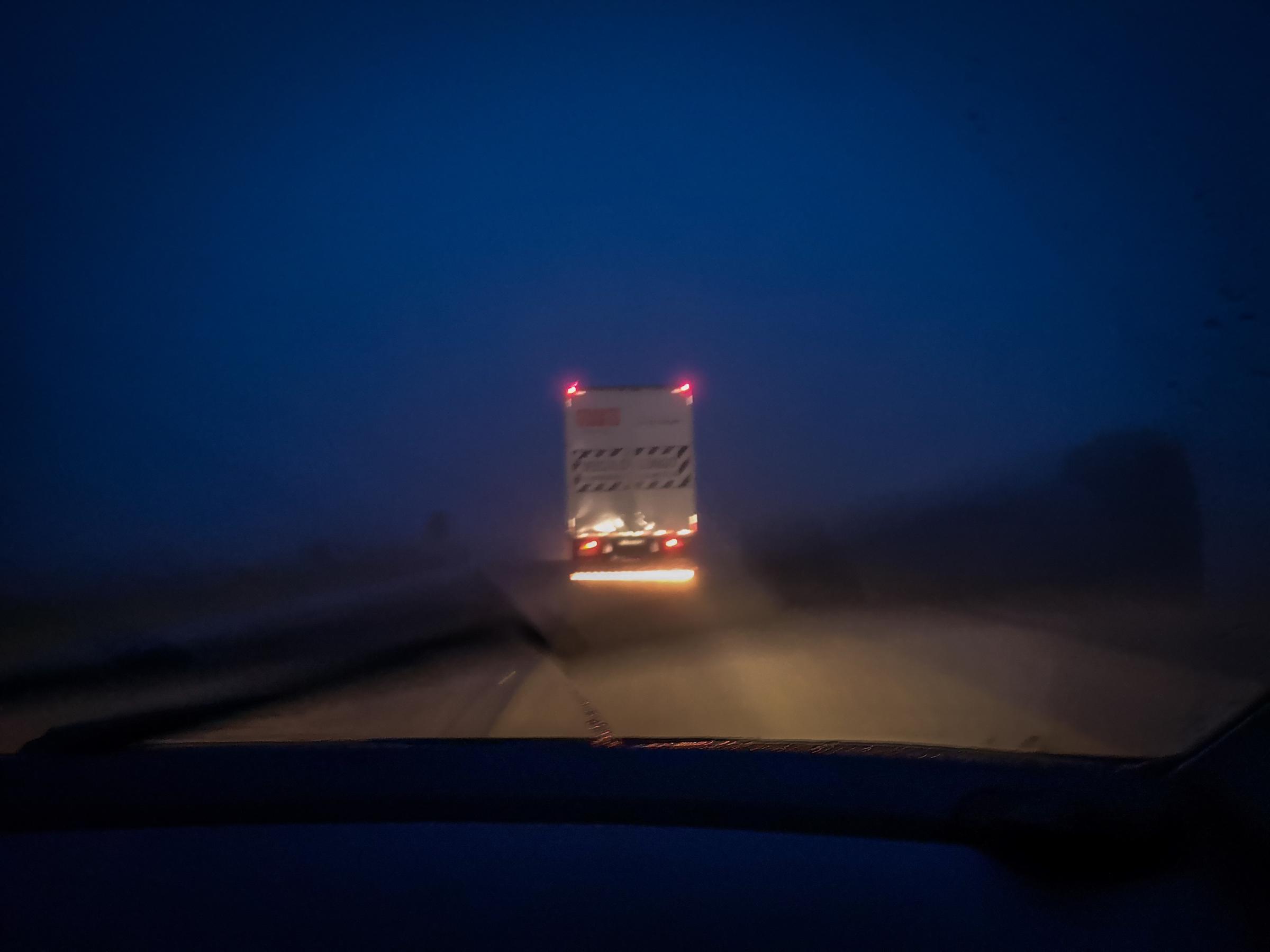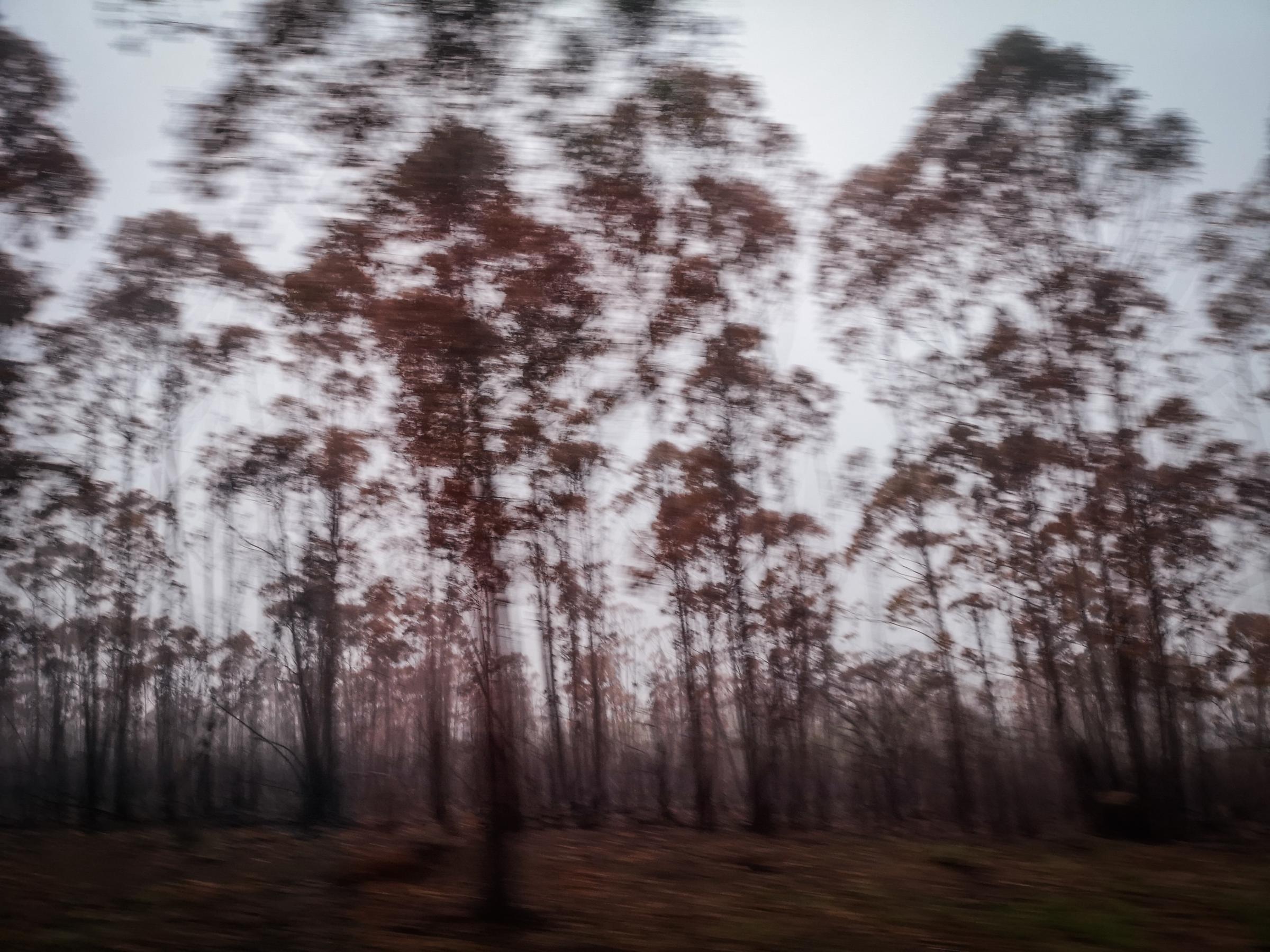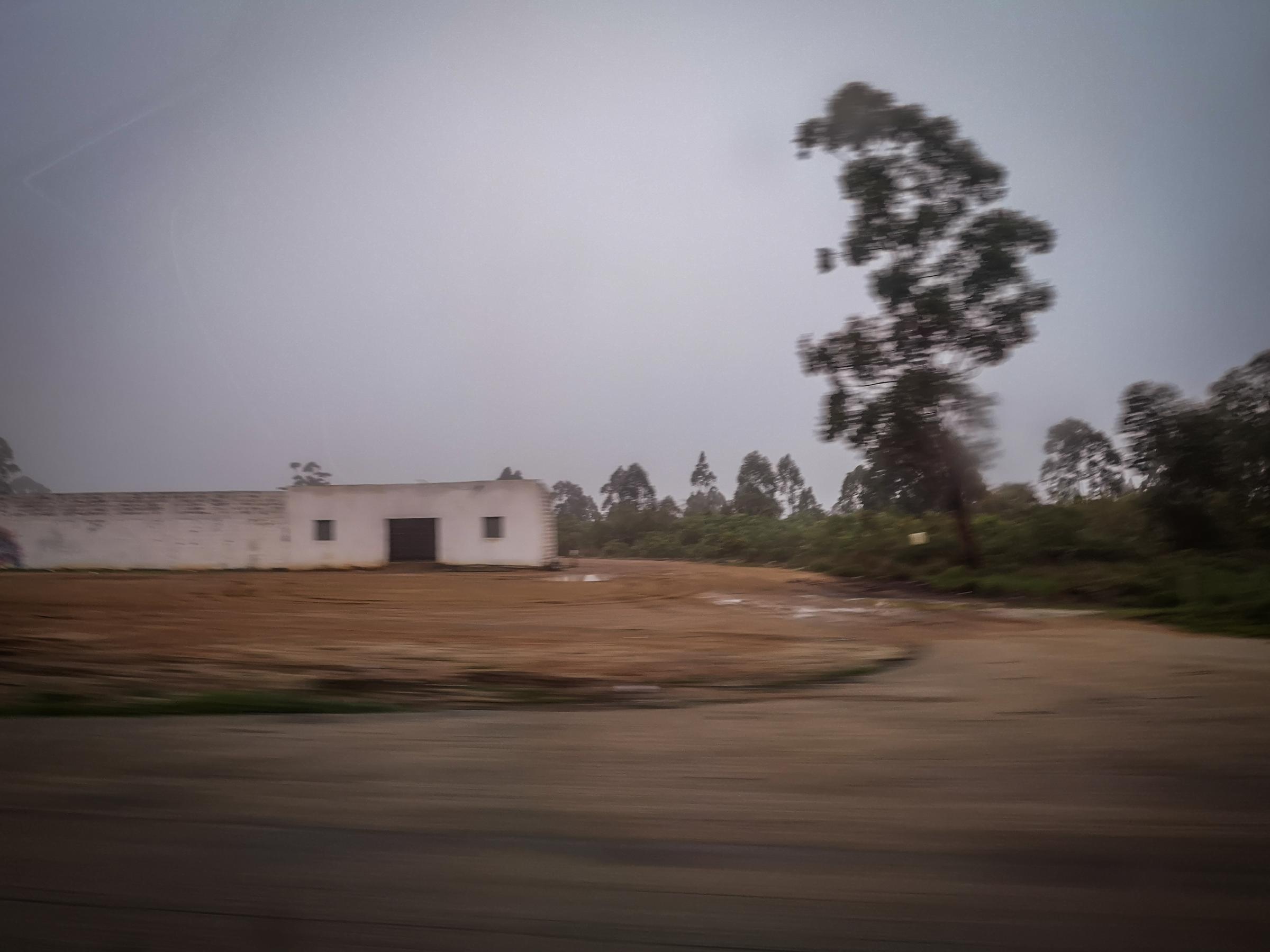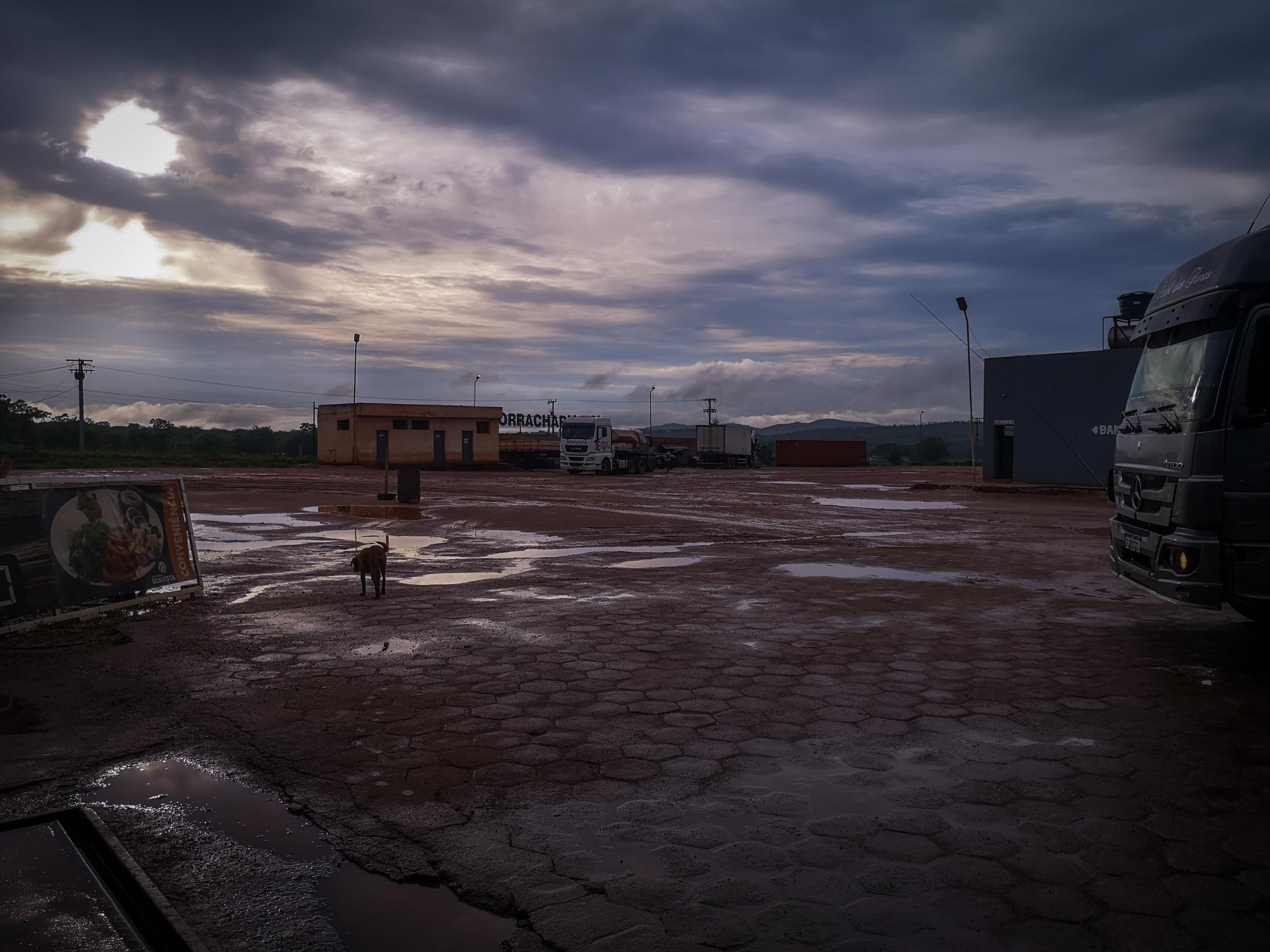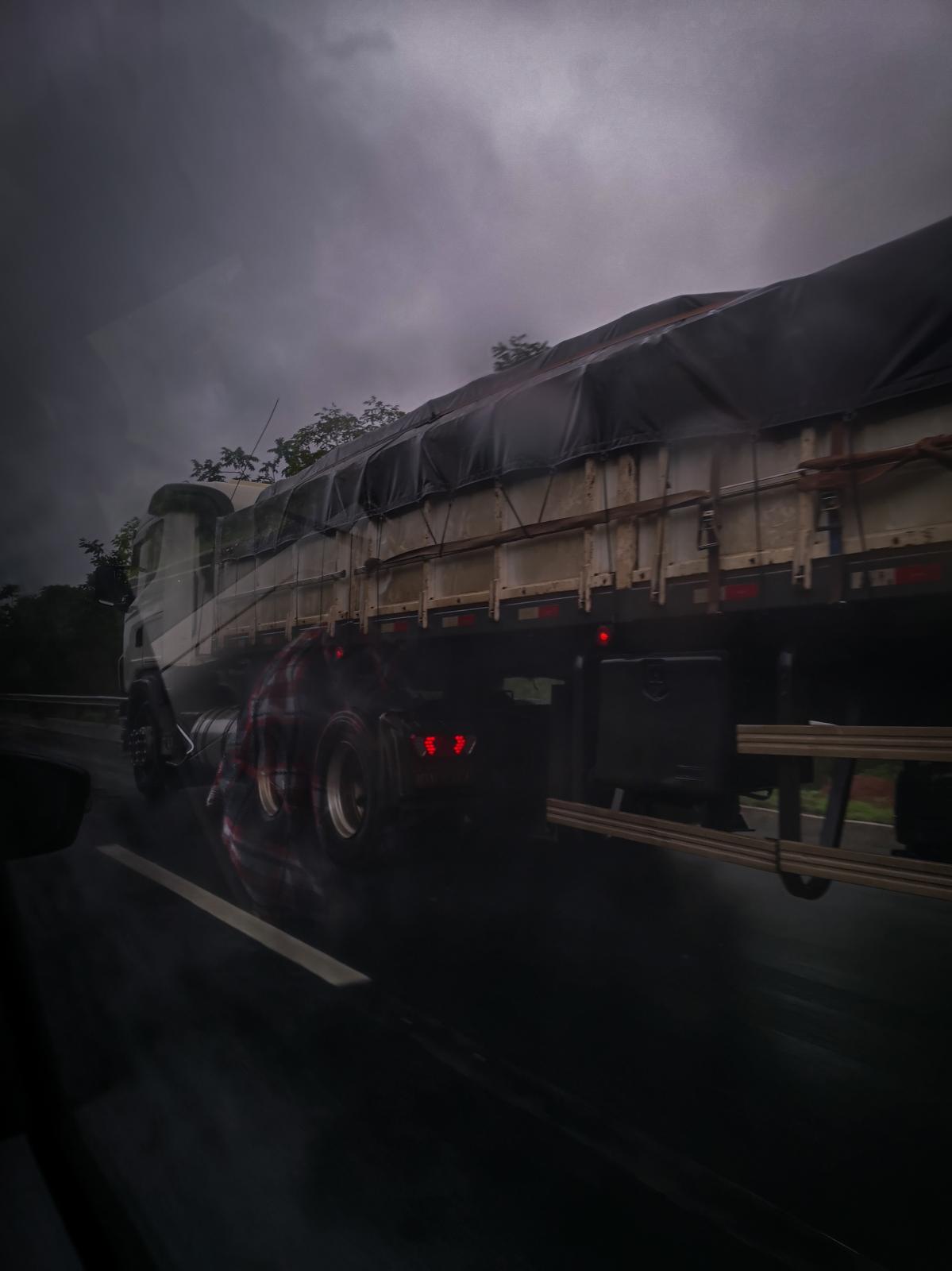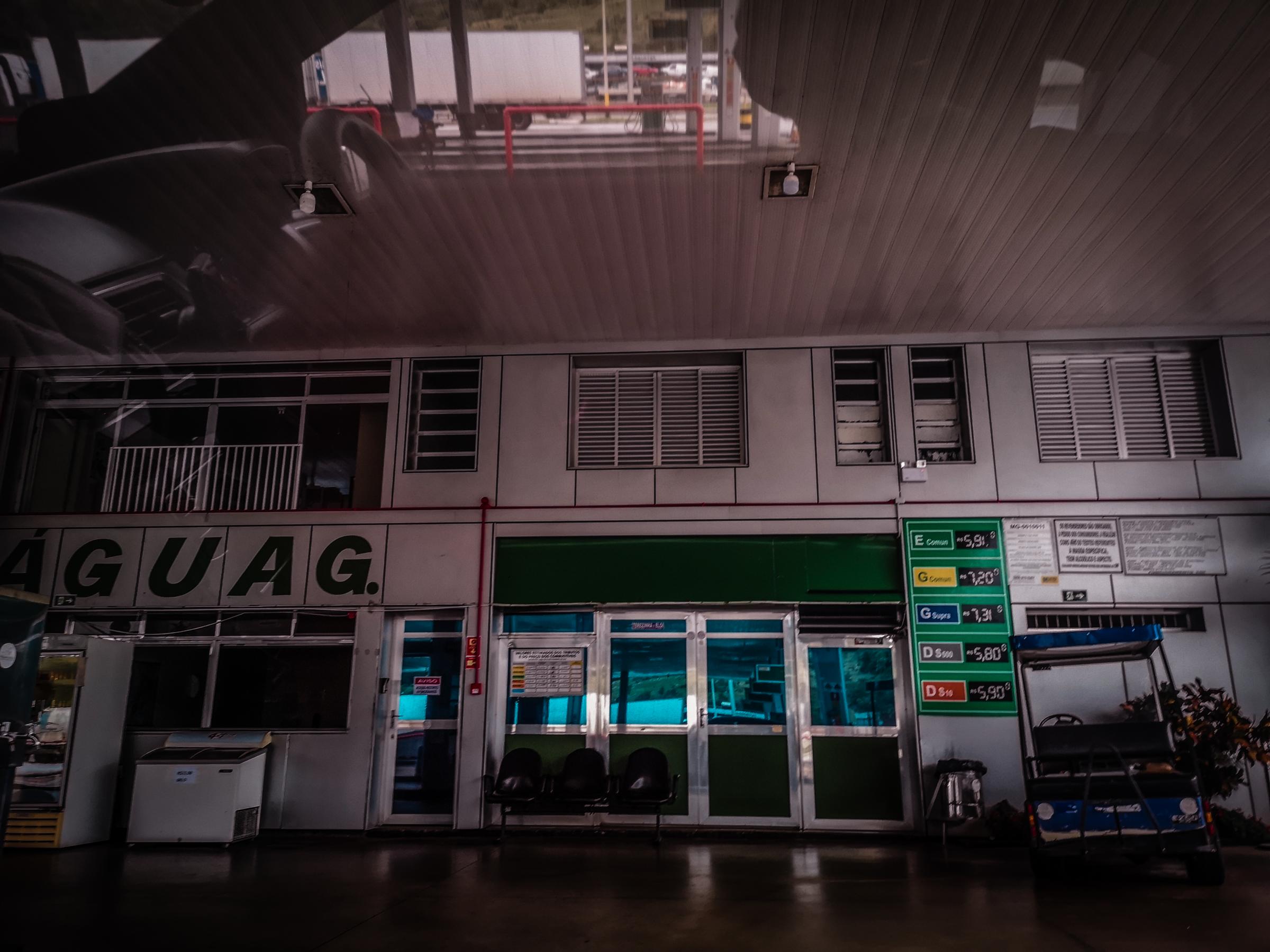It does not stop here, the Brazilian road network is responsible for the movement of 60% of goods between states and more than 90% of passengers. Between 2009 and 2017 alone, the fleet increased by 63.6%, reaching almost 100 million vehicles in circulation in Brazil. 55% of the Brazilian fleet consists of automobiles, followed by 22% of motorcycles, 3% of trucks, and 1% of buses.
It is not the first time Brazilians have felt its importance in their daily lives. On May 21st, 2018, the National Truckers' Strike began, during the government of Michel Temer. Officially, it ended on May 30 with the intervention of Brazilian Army forces and Federal Highway Police to unlock the highways. The strikers spoke out against the frequent and unpredictable readjustments in fuel prices, especially diesel, carried out by state-owned Petrobras on a daily basis; for the end of toll collection for suspended axles and the end of PIS/Cofins on diesel.
The stoppage and blockages of highways in 24 states and in the Federal District caused the unavailability of food and medicine across the country, shortages, and long lines filling up at gas stations. Some cities declared a state of public calamity due to shortages of supplies, some other towns declared a state of emergency, including big cities such as São Paulo and Porto Alegre.
Again this year, on October 31st, truck drivers blocked the highways in 25 states and the federal district in demonstrations against the presidential election of Luiz Inácio Lula da Silva. There were 148 blocking points on federal and state highways, with the fear of the shortage hitting some cities.
The Brazilian road network is the main means of its transportation, and even so, the conditions leave something to be desired. According to the Confederation, which evaluates the paved federal network and the main state sections, 61.8% of the surveyed roads present some type of problem, being classified as regular, bad, or very bad.
The result of this combination of factors, and the strong dependence on the network for even the flow of merchandise, shows the lack of infrastructure, planning, and investments. “The indices are worrying and show that the solution necessarily involves investments in infrastructure. We need to expand and improve the quality of our network so that the highways are not so overloaded”, says the executive director of the CNT, Bruno Batista. He points out that another problem is the increase in the operational cost of transport. “The sector is burdened with an additional operating cost of 27%, on average, in Brazil due to poor pavement conditions,” he says.
[port]
O Brasil possui 1.720.700 quilõmetros de estradas e rodovias, façanha que torna-o o país com a 4a. Maior malha rodoviária do mundo. Porém não há muito o que se comerar apenas 12,4% é pavimentada e em sua grande parte (92,7%) de pista única.
Sua importância não para por aqui, a malha rodoviária brasileira é responsável pela movimentação de 60% da mercadorias entre os estados e mais de 90% dos passageiros. Só entre 2009 a 2017, a frota aumentou 63,6%, chegando a quase 100 milhões de veículos em circulação no Brasil. 55% da frota brasileira é constituída por automóveis, seguida de 22% de motocicletas, 3% de caminhões e 1% de ônibus
Não é a primeira vez que o Brasil sente na pele a sua importancia. Em 21 de maio de 2018, iniciava-se a Greve dos Caminhoneiros, de extemsão nacional, durante o governo de Michel Temer, terminou oficialmente no dia 30 de maio com a intervenção de forças do Exército Brasileiro e Polícia Rodoviária Federal para desbloquear as rodovias. Os grevistas se manifestaram contra os reajustes frequentes e sem previsibilidade miníma nos preços dos combustíveis, principalmente do óleo diesel, realizados pela estatal Petrobras com frequência diária, pelo fim da cobrança de pedágios por eixo suspenso e pelo fim do PIS/Cofins sobre o diesel.
A paralisação e os bloqueios de rodovias em 24 estados e no Distrito Federal causaram a indisponilididade de alimentos e remédios ao redos do país, escassez e longas filas para abastecer nos postos de gasolina. Algumas cidades chegaram a decretar situação de calamidade pública devido aos desabastecimentos, enquanto outras cidades decretaram estado de emergência, dentre elas Sáo Paulo e Porto Alegre.
No último dia 31 de outubro de 2022, os caminhoneiros bloquearam ou interditaram rodovias em 25 estados e no distrito federal em manifestações contra a eleição de Luiz Inácio Lula da Silva. Houveram 148 pontos de bloqueio em rodovias federais e estaduais.
A malha rodoviária brasileira é o principal meio de locomoção, e ainda assim, as condiçôes deixam a desejar. Segundo a Confederação que avalia a malha federal pavimentada e os principais trechos estaduais, 61,8% das vias pesquisadas apresentam algum tipo de problema sendo classificadas como regular, ruim ou péssima.
Resultado dessa combinação de fatores, e a forte dependência da malha para inclusive escoamento de mercadoria, mostra a falta de inraestruturas e investimentos, planejamentos. “Os índices são preocupantes e mostram que a solução passa, necessariamente, por investimentos em infraestrutura. Precisamos expandir e melhorar a qualidade da nossa malha para que as rodovias não fiquem tão sobrecarregadas”, avalia o diretor-executivo da CNT, Bruno Batista. Ele destaca que outro problema é a elevação do custo operacional do transporte. “O setor é onerado com um custo adicional na operação de 27%, em média, no Brasil devido às más condições do pavimento”, diz.
